As expected and predicted, the danger of further conflict in both Iraq and the Middle East has become apparent again – this time centering on the issue of the Kurdish situation in Iraq.
In effect, it looks like the seeds for the next problem were already bearing fruit behind the surface of the ‘ISIS’ conflict.
Before the dust has even settled from the ongoing conflict with the so-called ‘Islamic State’, more conflict is already being generated. It’s like an endless conflict that keeps mutating and re-arranging itself so that it can continue in some new form or another: as if the ‘conflict’ itself is a living entity that keeps regenerating in some new configuration so that it always lives on.
As previously highlighted, the push towards independence in Kurdish Iraq is creating heightened tension and toxicity, both in Iraq and from its neighbours.
Now, on Monday, clashes were reported between Kurdish peshmerga and the Iranian-backed Shia militias. It is reported that both regular Iraqi troops and Iranian Revolutionary Guard forces were also involved.
It is possible that this conflict of interests won’t escalate – or that some compromise could be possible.
But if the reality so far of post-Saddam Iraq is anything to go by, there’s just as much likelihood it will spiral, dragging the Middle East into yet more sectarian conflict.
It is also reported that Turkey is ready to enter any such conflict on the side of the Iranian-aligned Iraqi government, using the presence of PKK elements in Iraqi Kurdistan as a pretext for intervention.
It has always seemed likely to me that a chief motive for the US-led invasion of Iraq in 2003 was simply to destabilise the region and create the premise for war and conflict without end: the dismantling of the Middle East into perpetually feuding sectarian mini-states.
The destabilisation of Iraq not only created endless sectarian conflict within that country, but helped create the conditions for the War in Syria, the fake ‘revolution’ in Libya and the general spread of weapons, jihadism, militias and terrorism – which, in turn, have gone full circle and helped maintain conflict in Iraq.
Since the US overthrew the Iraqi regime 15 years ago, there hasn’t been any time in which there wasn’t conflict going on in Iraq.
________________
There has certainly been a strong argument for many years that US Neo-Con policy to invade Iraq and remove the secular dictatorship of Saddam Hussein had originated in part from the ‘Clean Break’ strategy, which itself was a reboot or – at the very least – a more or less identical strategy to the (Zionist) Yinon Plan.
The breaking down of Iraq into sectarian divide and bloodshed – primarily Sunnis and Shias, but also Kurds – played out directly from this blueprint; as did the War in Syria. People often now forget also how many Christians there were living comfortably in Iraq for generations prior to the fall of the regime (there were an estimated 1.5 million Christians prior to the 2003 invasion – now there are estimated to be less than 400,000).
Certainly, the diverse, cultural make-up of the country that had existed for decades, even centuries, has long since been utterly destroyed.
With the secular dictatorship toppled by the US invasion in 2003, all organs of the state removed and the Sunni population marginalised by US post-invasion policy, the different communities have been at the mercy over and over again of ill forces in different shapes and forms. The Shia militias, empowered by US strategists, who persecuted, tortured and attacked Sunni communities; the Sunni backlash, which ultimately allowed the so-called Islamic State group to flourish; the brutal reign of ‘ISIS’, which saw mass slaughter, mass displacement of communities and even enslavement (particularly Christians and Yazidis); and even, up to the current day, the well-documented war crimes of Shia militias against Sunni civilians after the Islamic State group was recently driven out of Mosul.
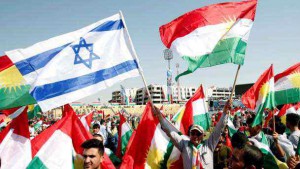
The situation with the Kurds is now simply the latest manifestation of this sectarian breakdown.
This is what happens when, not only the systems of state are removed, but the very idea of a nation, nationhood or national identity is rendered moot. There is no unifying factor or concept anymore – it then devolves into tribal situations, with different sects, cultures or denominations reverting to self-interest based on ethnic or tribal motivations.
The same is happening in post-Gaddafi Libya. The same would’ve happened instantly in Syria, had the Assad regime fallen.
But this state of affairs plays precisely into the pre-existing plans to Balkanise the Middle East and break up the existing nations into less powerful mini states – an agenda that goes way back to Israeli foreign policy think-tanks from the 1980s and 90s.
Indeed, US and Israeli policy up until very recently was to advocate the dividing of Syria into smaller, ethno states – a partitioned Syria along sectarian lines, and of which a Kurdish state (within Syria) was supposed to be a key part. A former NATO Supreme Commander wrote an article to this effect last year for Foreign Policy, for example. It is possible that, with the Assad presidency surviving and the Syrian state being supported by Russia, decisions have instead been made to focus on Iraq again and to seek to play out the strategy there (there’s also a possibility that an independent Kurdish state in what is now Iraq could some day seek to merge with a prospective independent Kurdish state in Syria, which could be used to force a Syria partition).
The links between the loose leadership of the Kurds in Iraq and Israel are well established, as highlighted here; there is also a longstanding link specifically with Mossad.
The situation in this part of Iraq therefore has to be viewed not only as a general (and legitimate) Kurdish desire for independence, but also in context of Israeli foreign policy.
The Iraqi federal government’s position also, likewise, has to be viewed also in the context of Iranian foreign policy.
Meaning that Iraq itself is just a playground for various foreign powers, with the population itself (Sunnis, Kurds, Shias, and anyone else) reduced to pawns or collateral damage on the geo-political chessboard.
Iraq and Syria have both become arenas for proxy warfare being played out by outside powers. But this is essentially what Iraq has been ever since the US-led invasion. There were American and Western interests. There were Iranian interests. There are Israeli interests. And there are international Islamist/jihadist interests. And, increasingly, Turkish interests.
And there is no such thing as Iraqi sovereignty. Because, arguably, there is no Iraq anymore.
Read more: ‘The Destruction of the Cultural/Historic Heritage of Iraq & Syria‘, ‘Aleppo, Syria, Libya & the Survival of Bashar Assad’, ‘Repeating History & the Kurdish Problem‘, ‘Turkey’s Crisis: The Constitution, the Election Controversies & the Kurds‘…
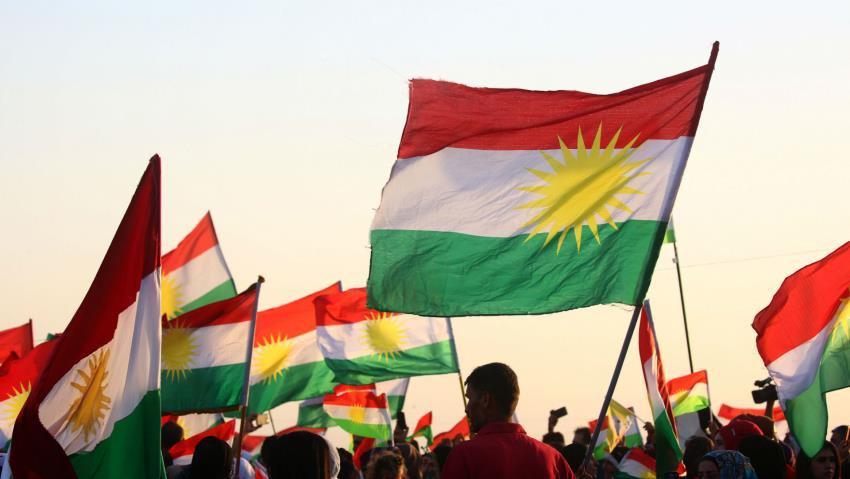
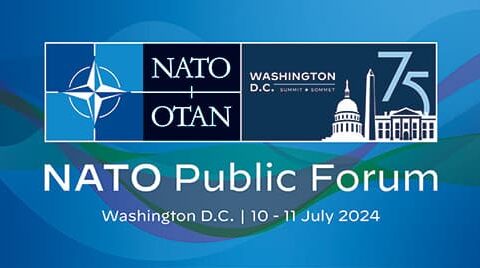
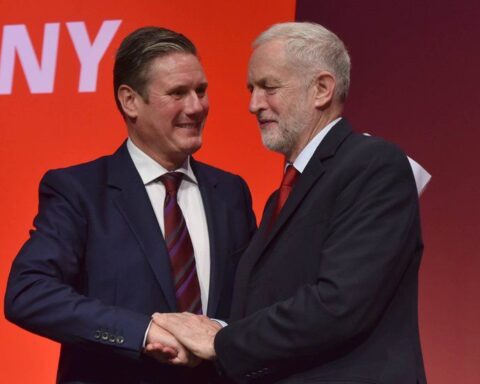

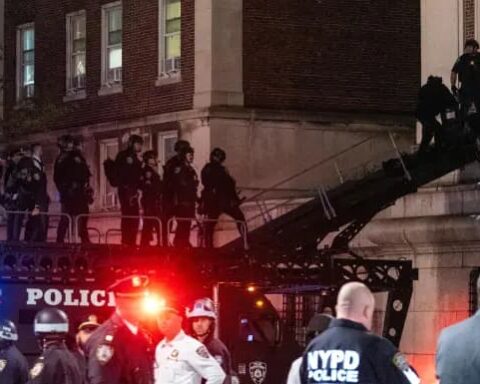
Good read,
BTW I Posted a related book review, please have a look
https://alinazeer.com/260
Thanks; will have a look.
9/11 author Christopher Bollyn noted in a recent interview that Rothschild, on top of major shares in Genie Energy, with Murdoch, Cheney, etc. (lease rights on Golan Heights), controls-owns more oil/gas than anyone in Kurdistan. Combine “Kurdistan” with northern Syria, with focus on access to the Mediterranean Sea, and one comes to a greater understanding of Israel-U.S. plans for the region – Greater Kurdistan.
I wasn’t aware of that. That’s good information and perspective for this.
Isn’t the aim of the EU exactly the same? And people called me stupid for wanting out of this German controlled behemoth.
Fascinating – and scary – as always